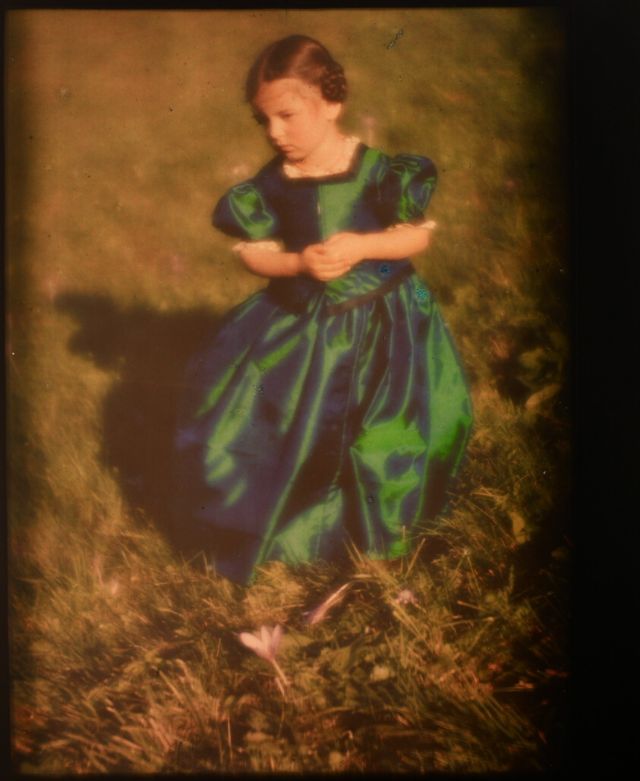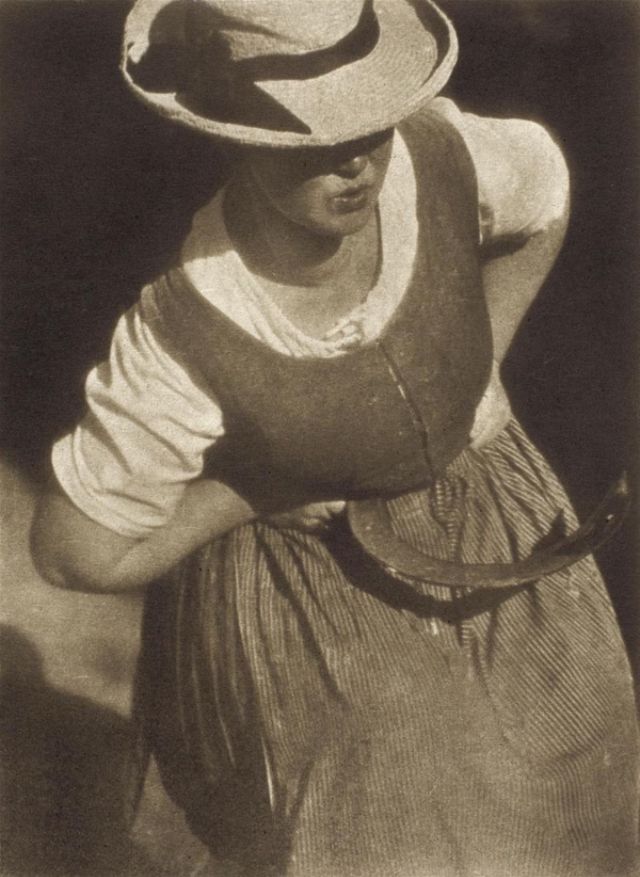Heinrich Kühn, originally Carl Christian Heinrich Kühn (25 February 1866 – 14 September 1944) was an Austrian–German photographer and photography pioneer. The grandson of a sculptor, Heinrich Kühn initially used photography to aid his medical studies. He gave up medicine for art around 1890 but spent much of his life pursuing technical research into new photographic lenses and printing processes.
Heinrich Kühn is regarded as one of the forefathers of fine art photography, the movement that helped photography to establish itself as an art on its own. His photographs closely resemble impressionist paintings, with their frequent use of soft lighting and focus. Kühn was part of the pictorialist photographic movement and belonged to the so-called Viennese Trifolium, a trio of photographers who took up gum bichromate printing after its rediscovery just before the turn of the century, and in 1896 he was the first to exhibit gum bichromate prints in Germany.
In the 1910s developed a custom soft-focus lens that continued to be sold until around 1990. In 1911, he invented the Gummigravüre technique, a combination of photogravure and Gum bichromate. In 1915, he developed the Leimdruck technique, which uses Animal glue as Colloid and produces pictures similar to gum prints. Kühn also invented the Syngraphie, a forgotten technique that uses two negatives of different sensitivity to obtain a larger tonal spectrum. In the 1920s, Kühn began writing about photographic techniques for trade magazines.
Take a look at Kühn's dreamy photographs:
(via Art Institute of Chicago)



































0 comments:
Post a Comment